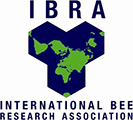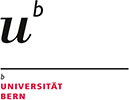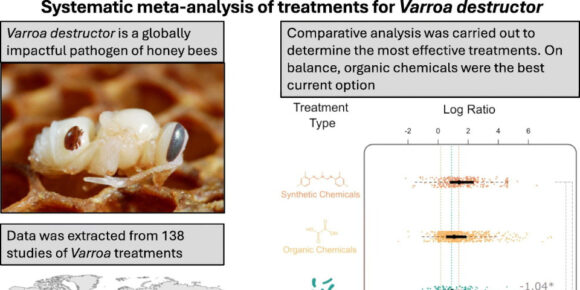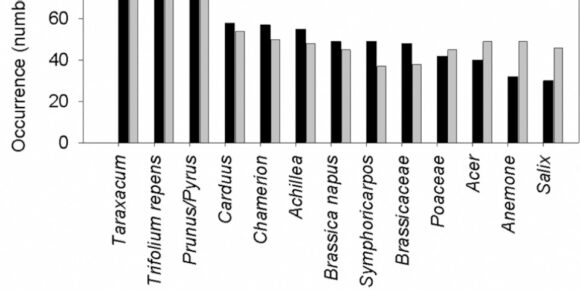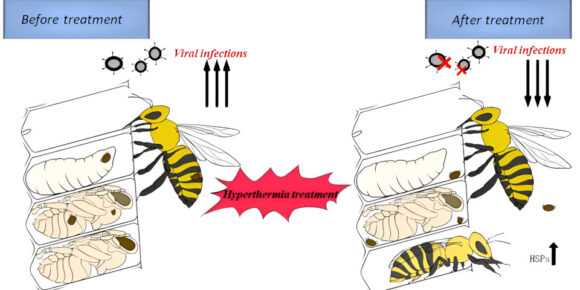A systematic meta-analysis of the efficacy of treatments for a global honey bee pathogen – the Varroa mite
Highlights This study presents a meta-analysis of treatments for the pathogen Varroa destructor. Data was drawn from 138 studies, carried out in 30 countries on 5 continents. Synthetic chemical treatments were effective against the pathogen, but harmed bees. Biological treatments showed promise in improving bee health, but with a small sample. Organic chemical treatments currently…




